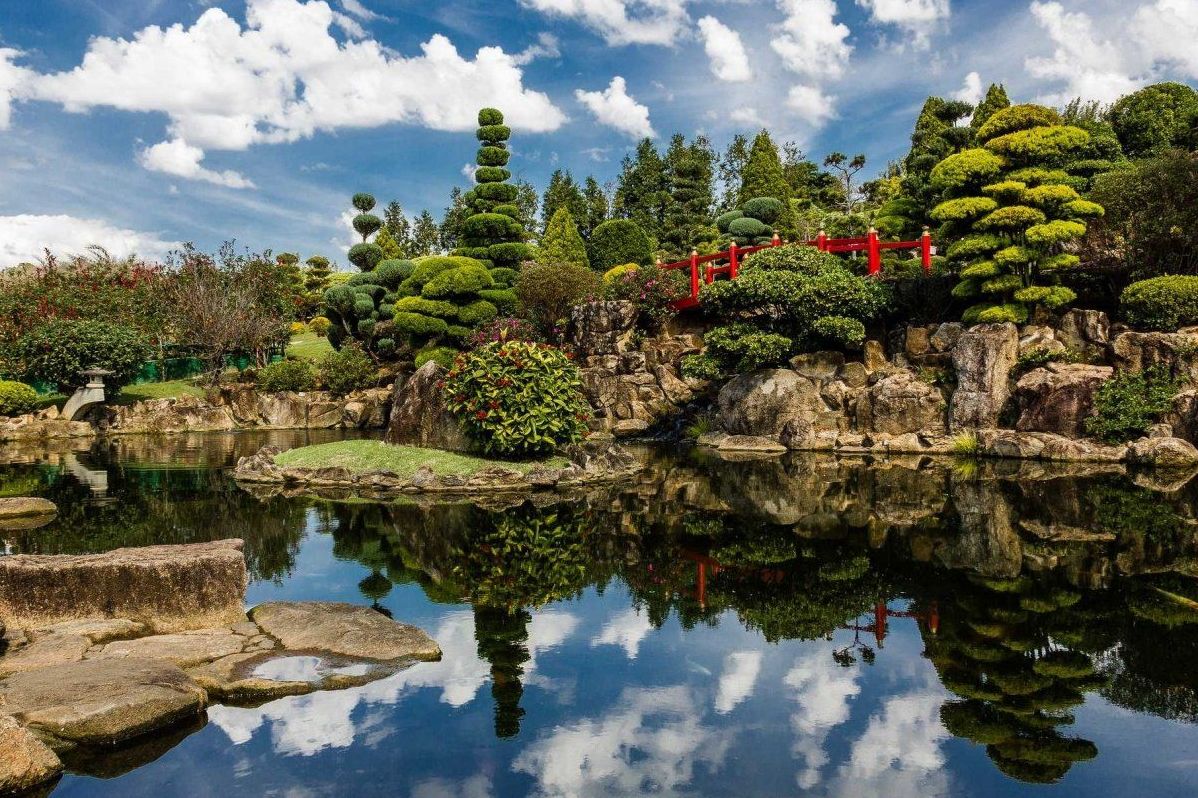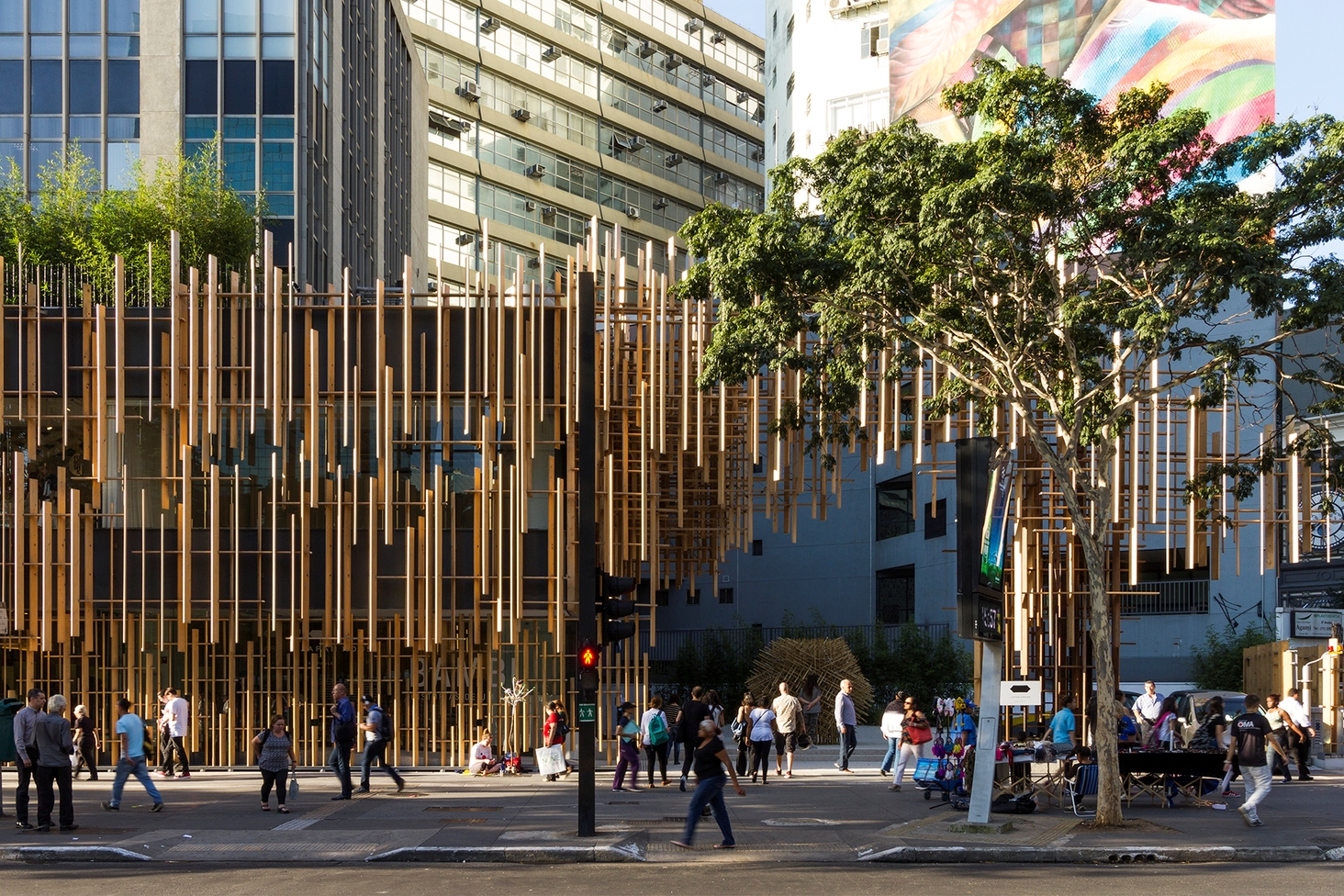World ghettos: Samurai on the Carnival

Coffee Instead of Rice
As far back as in early twentieth century Japanese authorities were concerned about over-population of their territory-wise small state. Government was hurriedly concluding agreements with many countries that might need workforce. The United states were the first to open their gates for Asians; about a million Japanese live there now. But what became a true boom was emigration to a distant Brazil that began in 1908. On July, 18 the Kasato Maru ship (that had been won back from Russians several years prior during Russo-Japanese War) sailed to the Port of Santos. 165 families descended to warm and blooming ground from its board, hoping to start a new life in a state of such a size that it allows thinking about future.
Majority of those almost 800 people were farmers who traded rice plantations and factories for coffee ones. Nobody rolled out a red carpet for them – local newspapers were vying with each other to print humiliating caricatures while working people casted hateful glances at those who had come to take their workplaces. Nevertheless, for the offspring of samurai, who were accustomed to difficulties, it was just a beginning of mass resettlement. Stern and disciplined Japanese didn’t get scared of problems and racial conflicts – they kept together organized and quite literally gnawed out their right for life in a foreign country. Photo pinterest.com
Photo pinterest.com
Today one can say that they withstood because their diaspora constitutes about two million persons and the two peoples became so affined that sociologists even came up with a new term Nisei – to call assimilated natives of the Land of the Rising Sun whose children were born in Brazil and with their native language being Portuguese. How many of them are there – it is hard for statistics to specify.
Free District – For Free People
Vast majority of Asian migrants settled in large cities. São Paulo caught their fancy most, and in particular legendary Liberdade district, its name translates as ‘liberty’. However, up to 1850s it was called far gloomier – Gallows Square – it was there where public executions used to take place. Still, after abolition of slavery and unprecedented event when three ropes in a row tore and a condemned person had to be beaten to death with sticks to the cries “Freedom!”, municipal authorities decided to rename the place and abolish exemplary punishment. Photo archdaily.com
Photo archdaily.com
First Japanese appeared there in 1912. Since Brazilians didn’t want to live in the place of former guillotines and gallows, migrants found themselves as nearly as proudly alone. Without paying attention to notoriety of the district, they got to adjusting it to themselves with truly Eastern diligence. They managed to create all infrastructure needed for life from the ground up and turned depressive Liberdade into a bright and colorful district. In order to feel themselves like home, alongside everything else, as far back as in twenties century they opened Japanese school, own newspaper São Paulo Shimbun and even a factory that produces famous tofu cheese.
Today Liberdade doesn’t just live – it prospers. Citizens of São Paulo and tourists adore local food, bars and distinctive street color. This place literally extracts you from a common notion of a South American city and it seems that when getting out on Liberdade or São Joaquim metro stations you suddenly end up in Tokyo. And there is no surprise in it, because over 300 thousand Japanese live on a relatively small territory, as they say: the more the merrier – there is still more space than in their Motherland.
Places to Visit
Aside from this amazing Asian world, that is interesting per se, several landmarks are situated within a block’s walk. Should you take the main street Rua Galvão Bueno, you’re sure not to miss them. Major object is Museum of Japanese Immigration opened in 1978 by current Emperor of Japan, Akihito himself. Among curios exhibits there is a fragment of that very pioneer ship Kasato Maru. Roof of the building is decorated with a majestic garden. Photo itinari.com
Photo itinari.com
A little to the east Busjinji Temple is situated – prime sanctuary of the district. Monthly captivating Buddhist ceremony of Canon is held there and it is a true attraction for Brazilians to have a look at it. Another sacred place is a monument to Japanese migrants who went back to their Homeland to take to weapons during World War II.
The neighborhood is especially full of decoration during Eastern holidays while holding traditional market. It normally takes place on weekends and on such days it feels like the whole Sampa parties in Liberdade. The district itself is rightfully considered phenomenal by explorers and philosophers because such both physically and mentally distant states as Brazil and Japan became very close in twentieth century due to joint residence of their citizens. Several social programs operate between the two states and nowadays it is South Americans who go for work to Japan and get settled in Japanese streets and cities – but that’s already a different story.
Cover photo traveler.marriott.com





















